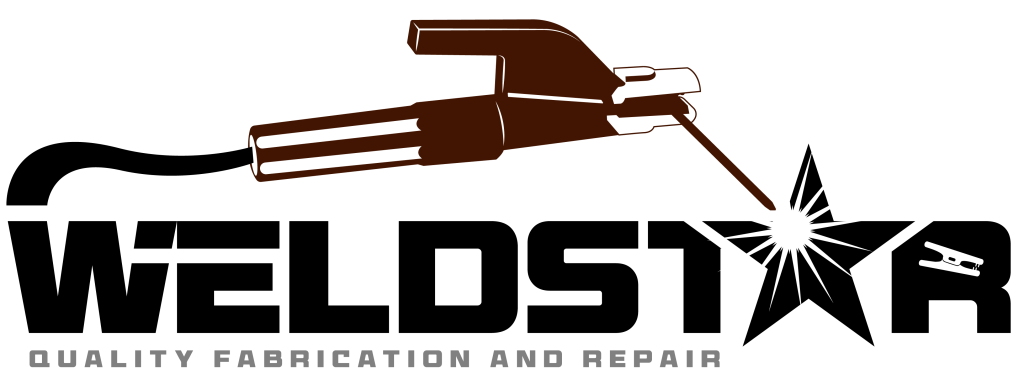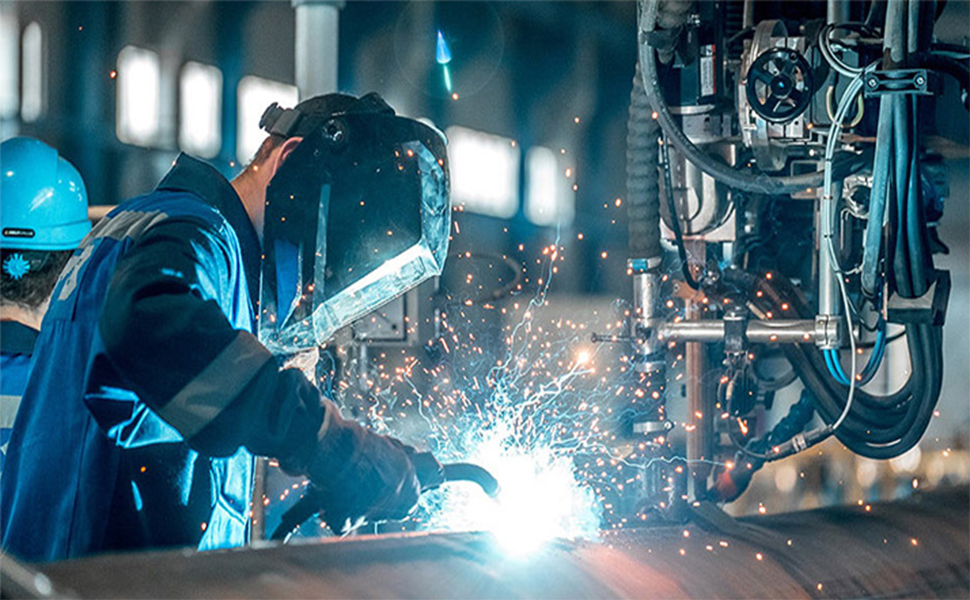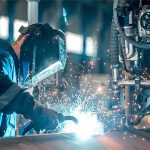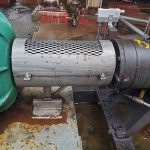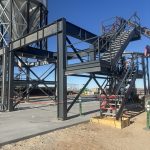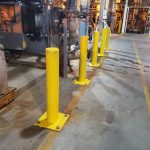What is the Role of Metal Fabrication in Project Development?
Metal fabrication plays a pivotal role in bringing metal-based designs to life. It encompasses a range of skills, from bidding and planning to production and assembly. Fabricators start with raw materials and use a structured process to create usable components. This process includes cutting, bending, shaping, and assembling metal parts. Unlike welding, which is one step in this chain, fabrication is the whole journey—from design to installation. Fabrication projects rely on teamwork from designers, engineers, and machinists to ensure accuracy and efficiency. A thriving industry, metal fabrication supports millions of American jobs and continues to grow alongside the economy.
How Does Welding Fit into the Fabrication Process?
Welding is an essential step in the broader metal fabrication process. While fabrication involves shaping and assembling materials, welding joins them using high heat and sometimes pressure. It’s a highly skilled trade that requires years of training. Welders often start as apprentices and work their way up to become experts in various welding techniques. Their role is critical to ensuring fabricated parts hold together securely and safely. Without skilled welders, even the most well-designed metal projects would fall apart. Welding may be one part of the process, but it’s the part that truly holds the entire fabrication project together.
What Are the Main Differences Between Welding and Fabrication?
The main difference between welding and fabrication lies in their scope. Fabrication refers to the overall process of building metal products, while welding is a specific method used to join metals during that process. Fabricators use tools to shape, bend, and cut materials; welders fuse them using techniques like MIG, TIG, and stick welding. Fabricators focus on structure and form; welders focus on strength and connection. Understanding this difference helps clients choose the right services for their projects. Whether you need complete product development or specific metal joining, knowing each role’s function is vital for successful metal project completion.
What Tools Do Welders and Fabricators Use?
Welders and fabricators rely on different but complementary tools. Fabricators commonly use shears, benders, and angle grinders for shaping metal. Welders, on the other hand, use arc welders, MIG guns, and TIG torches to fuse metal parts. Both professionals depend on abrasives, vices, and measuring tools. CAD software is also critical in both trades for planning and precision. Additionally, safety equipment like goggles, gloves, and flame-resistant clothing is essential. While many tools overlap, the key difference is that welding requires tools that apply heat, whereas fabricating tools often involve cutting and mechanical shaping without direct heat application.
What Are the Most Common Welding Methods?
The welding industry primarily uses four common methods: SMAW (stick welding), MIG (wire feed), TIG (tungsten inert gas), and OA (oxy-acetylene). Each method has its strengths. Stick welding is versatile and widely used in structural work. MIG welding is excellent for thin metal sheets and offers fast results. TIG welding delivers high precision and is used where aesthetics and clean joints are critical. OA welding uses a flame and filler rod and is great for portability and low-cost jobs. While all these methods serve different purposes, they each require skilled welders trained in specific techniques and safety procedures.
Who Are the Key Players in a Fabrication Project?
Metal fabrication projects involve a wide array of professionals. Engineers design the project and ensure safety and compliance. Designers translate these concepts into computer-aided designs (CAD). Fabricators turn raw materials into usable shapes through cutting, bending, and forming. Welders join the parts to complete the structure. Additional specialists include machinists, ironworkers, and blacksmiths, each contributing unique skills. Machine setters and millwrights prepare and monitor fabrication machinery, while supervisors ensure smooth operations and quality control. Effective communication and collaboration between these roles ensure a successful fabrication outcome. Without this team effort, even the most straightforward metal project could face failure.
How Do Safety and Planning Contribute to Successful Fabrication?
Safety and planning are the foundation of every successful metal fabrication project. From the start, project planning involves understanding the scope, materials, and timeline. Engineers and designers work closely with fabricators and welders to ensure that the work can be done efficiently and safely. Personal protective equipment (PPE) like gloves, eye protection, and respirators is standard in every shop. Planning also includes equipment maintenance, training, and workplace safety protocols. With hot metals, sharp edges, and heavy machinery involved, safety is non-negotiable. Investing in thorough planning and strict safety measures helps prevent costly errors, injuries, and project delays down the line.
What Is the Future of the Metal Fabrication Industry?
The metal fabrication industry is projected to grow steadily, keeping pace with the U.S. Gross Domestic Product. Analysts predict a growth rate of 2.7 to 3.4 percent annually. Despite tariffs and global market fluctuations, the demand for fabricated metal parts continues to rise across industries like aerospace, automotive, and construction. According to the Bureau of Labor Statistics, over 1.4 million professionals work in this field. As technology evolves, automation and computer-assisted design will continue to shape the industry. The future is bright for those involved in fabrication and welding, making now an excellent time to invest in these skilled trades.
Why Choose Professional Welding & Fabrication Services in Phoenix AZ?
Choosing professional welding and fabrication services ensures your project is handled with skill, precision, and Welding & Fabrication Services in Phoenix AZ, experienced teams like Prime Source Parts and Equipment offer full-service solutions from planning to final assembly. Their trained professionals understand complex metal projects and follow strict safety and quality standards. Whether it’s a custom job or a large production run, their welding and fabrication experts use advanced tools and techniques to deliver exceptional results. From designing to joining to finishing, choosing a professional service ensures durability, performance, and client satisfaction. For dependable metalwork, always go with trusted local specialists.
FAQs
Q: What is the main difference between welding and fabrication?
A: Fabrication involves the entire process of creating a metal product, while welding is one part—joining metal components together.
Q: Can fabrication be done without welding?
A: Some fabrication projects can be completed with bolts or rivets, but welding is often essential for strength and permanence.
Q: Is welding harder to learn than fabrication?
A: Welding requires years of hands-on practice and safety training, while fabrication also involves machinery operation and planning.
Q: What industries use metal fabrication the most?
A: Construction, aerospace, automotive, and manufacturing are the top industries that rely on metal fabrication services.
Q: How do I know if I need welding or full fabrication services?
A: If you need a finished product from raw metal, you’ll need fabrication. If you just need components joined, welding may suffice.
